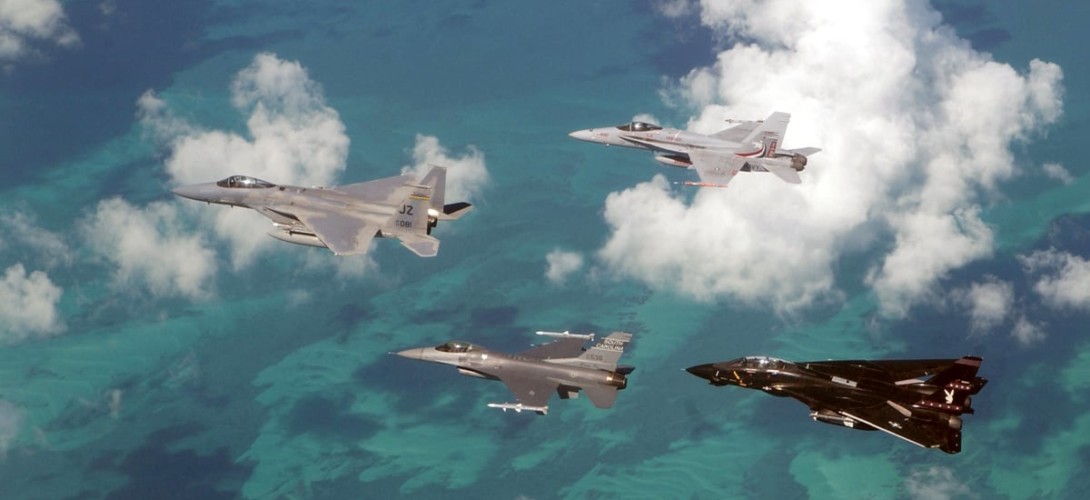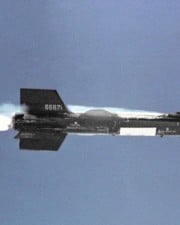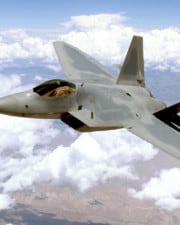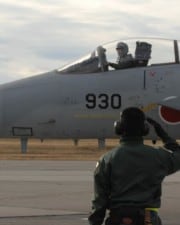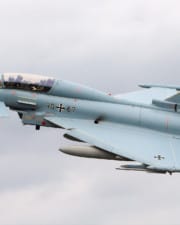Fighter jets have become notorious for air-to-air combat and serve the role of dominating the skies in times of war. To the average person, every fighter plane looks the same. Aviation and military enthusiasts know that there are many different types of fighter jets. Some types have been phased out, but there is still plenty of variety.
Fighter jets and pilots are a vital part of war times, and with the best fighter planes, you can significantly improve your chances of winning. The United States is currently the leader in fighter jet technology and has been the leader for the past few decades.
The fighter jet not only hinges on firepower, but a few tactical additions are essential. Speed and maneuverability are vital for the survival of the plane. Evasive maneuvers and technology are essential to ensure pilots survive and give them the tactical edge over combatants.
To better understand US military fighter jets, we will break them down into different classifications. Once you gain a basic understanding of the classifications, it should be much easier to understand the purpose of each.
Strategic Fighter
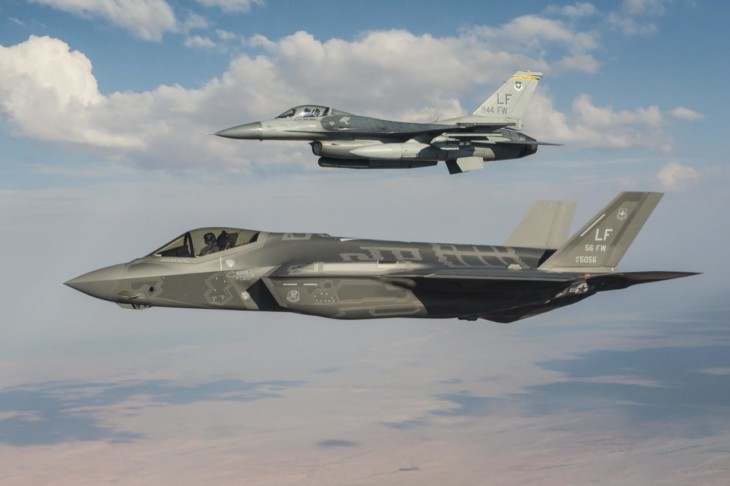
The strategic fighter is one of the most important fighter planes in any military. These long-range aircraft are generally well-armed, and they have a significant range. They tend to be some of the faster aircraft in the air force.
Their main goal is to penetrate deep into enemy territory and maintain combat air patrols in friendly territory. They also have capabilities of reaching far from the home base.
At first, these were some of the heavier planes, but with the introduction of new materials, they became significantly lighter, and their range increased exponentially.
Since bombers are often vulnerable, strategic fighters are also used for escort missions, escorting bombers to their intended targets and protecting them from hostile aircraft.
As part of the strategic fighter, the penetration fighter is also part of this classification. They are fitted with arms that can assist in ground attacks and protect the aircraft from ground-to-air missile strikes. One of their main purposes is to intercept potential hostile aircraft as they approach.
The North American P-51 Mustang is one of the most popular strategic fighters of the Second World War. Another popular jet is the XF-108 Rapier, which was designed for long-range interceptor missions.
The Lockheed Martin F-35 Lightning II and Supermarine Spitfire (retired from US military service in 1952) are two of the most famous – or indeed infamous – strategic fighters used by the US military to date.
Air Superiority Fighter
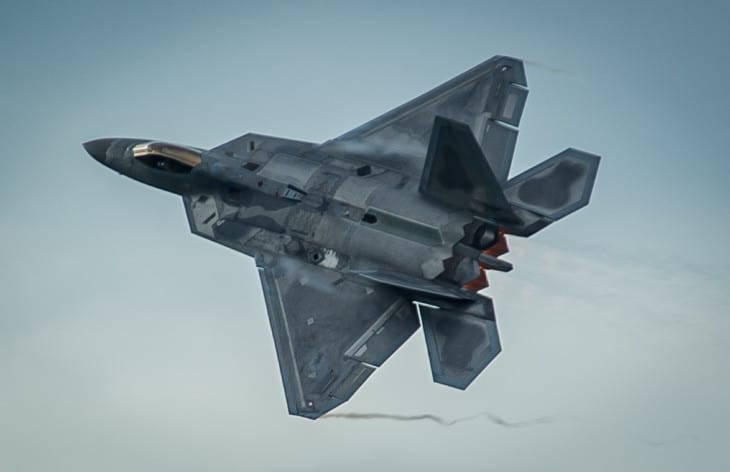
The purpose of these fighter jets is to establish air superiority in enemy airspace. The jets are agile and lightly armored while having efficient maneuverability and counter-offensive features. These features keep them and the pilots safe during combat.
While many of these fighters have a primary role in gaining air superiority, some modern versions have a secondary role. The secondary role is to combat against air-to-surface attacks.
They also have heavier weaponry to allow them to attack strategic enemy points that could shoot down fighter jets.
Air superiority fighters are not that different from strategic fighter jets and are often incorporated for escort missions and as interceptors. These are some of the most versatile jets in the US Air Force and can attempt almost every mission over enemy territory.
The US Air Force currently operates two air superiority fighters in the form of the fourth generation F-15 Eagle and fifth generation F-22 Raptor.
Heavy Fighter
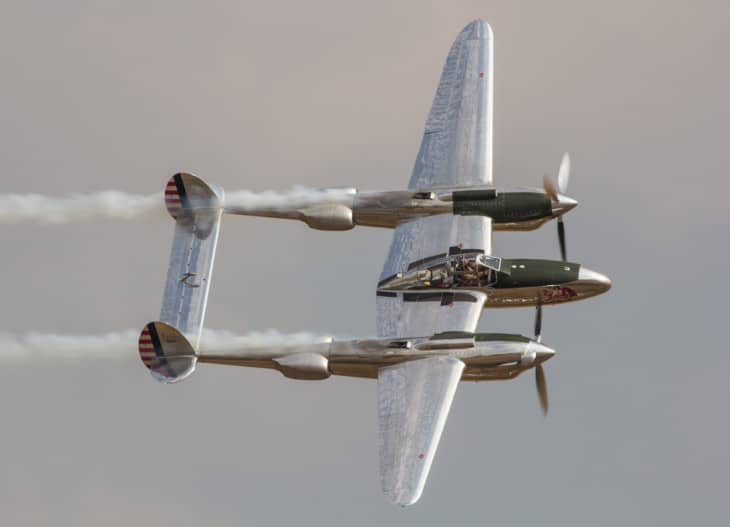
One of the most popular aircraft classifications of the Second World War is the heavy fighter plane. These planes carry the heaviest weapons and operate at extensive ranges. Most of them were built with twin engines and had large crews to operate the machinery.
The original idea was to use them as bombers. However, many of these missions failed due to the lack of maneuverability. They were easy targets for missiles from the ground. Without significant defenses, many were lost.
By looking at the US military, we will not find any specific niche for heavy fighter jets. However, the definition stated that having twin engines would classify a jet as a “heavy fighter”.
Perhaps the most successful Heavy Fighter used by the US military was the Lockheed P-38 Lightning, which saw significant service during all theaters of WWII and the Korean War.
Another heavy fighter, which served a significant role during WWII is the P-61 Black Widow. It was also the first US aircraft officially designated as a night fighter.
As technology became more advanced, the US military moved away from the heavy fighters to make ways for lighter aircraft that give more versatility. The P-61 Black Widow was eventually retired by the US Military in 1954.
The F-82 is the last American fighter to be made to be a heavy fighter. The aircraft only became active in the US military following the surrender of the Japanese.
The Twin Mustang eventually retired in 1953 and was replaced by the Republic F-84 Thunderjet for escort duties only. The Thunderjet served until its retirement in 1974.
Light Fighter
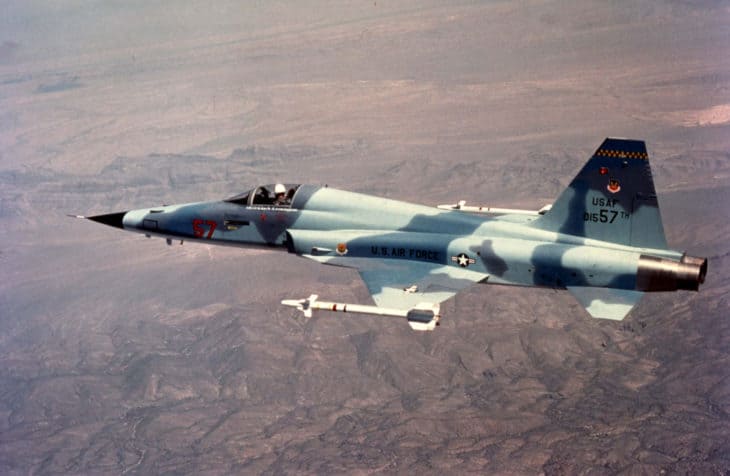
The Light Fighter jet is one of the more common jets you think of when someone mentions fighter jets. The idea of these jets is to have a practical balance of cost, complexity, and overall weight.
Also referred to as light combat aircraft, Light Fighters are designed to offer exceptional performance, whilst remaining cost-effective.
With the light fighter, plenty of emphasis is placed on stealth technology, and the main goal is to make these planes operate as stealthy as possible. However, the cost of this technology can often increase the price of the light fighter to something unaffordable.
To counteract this, the US military has begun to phase out manned Light Fighters in favor of the fighter drone. More affordable than a comparable manned jet with no risk to the pilot’s life, drones like the Reaper and Predator are becoming increasingly popular.
The only light fighter still in service with the US Air Force and US Navy is the Northrop F-5. It was first introduced in 1962, so it won’t be long until it will be completely phased out. There are also 18 privately owned F-5’s in the United States according to the FAA.
Fighter-Bomber
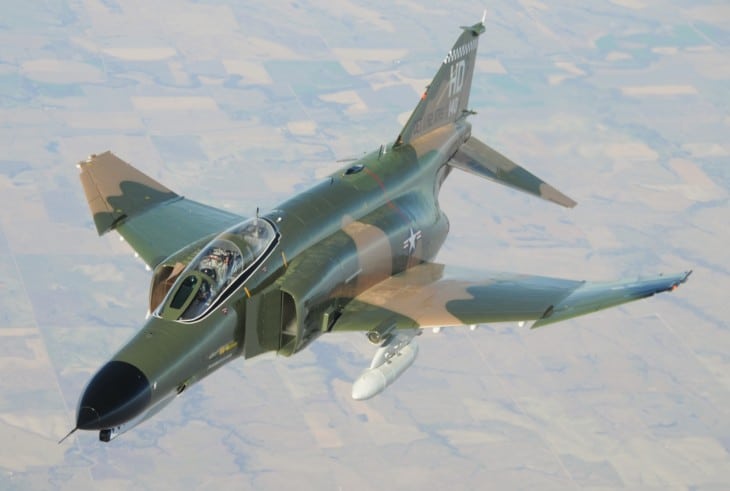
The fighter-bomber is a hybrid fighter jet that has been significantly modified to take the characteristic of the fighter plane and add some of the features that you predominantly find on a bomber. It differs slightly from the traditional fighter and bomber due to the roles it has been adapted for.
The fighter bomber came to significance in the First World War but has lost some use since the introduction of rockets. The guided missiles of the modern era can be launched strategically and penetrate deep into enemy territory to serve the same purpose that these planes were originally designed for.
The golden era for the fighter-bomber was in the 1950s and 1960s with the introduction of more powerful jet engines.
These engines meant that aircraft could carry more weight and have the power to reach longer ranges into enemy territory. One of the most popular fighter-bombers was the Lockheed F-104 Starfighter, retired from US military service in 1969.
Fighter-bombers like the North American F-100 Super Sabre and McDonnell Douglas F-4 Phantom II served a prominent role during the Vietnam War. With the ever-changing nature of aerial warfare, however, the modern US military does not rely on these aircraft any more.
The Super Sabre was retired in 1979, whilst the F-4 Phantom served in combat roles up until 1996, while it served German and Japanese service until 2016 and 2021 respectively. The Phantom also served as a target drone for the US until 2016.
Fighter-Interceptor

In terms of defensive missions, the interceptor is one of the most popular aircraft of the modern era. These fighters have a primary role in the defensive interception of attacking enemy aircraft. The role is to intercept enemy bombers and reconnaissance aircraft.
The light fighter and heavy fighter make up the two classes of fighter-interceptors. The light fighters are designed for short missions, while the heavy fighters serve a longer-range role of intercepting aircraft before they have reached the friendly territory.
One of the first US interceptor planes was the F-106 Delta Dart, which had a lengthy development process. The F-106 was eventually retired in August of 1988 to make way for the more advanced F-15 and F-16 fighters. The F-15 was one of the best interceptors due to the capacity of Mach 2.5.
The US Military upgraded the F-15 to create the F-15E Strike Eagle with the addition of air interdiction. Despite not explicitly being designed to fill this role, it still retains many of its predecessor’s interceptor functions.
Prior to its retirement in 2006, the Grumman F-14 Tomcat (of Top Gun fame) served in an interceptor role but later changed to a heavy fighter after being equipped for ground attacks.
All-Weather Fighter

The All-Weather Fighter is one of the most prominent fighters in the military. These jets have been adapted for fighting at night or under bad visibility conditions. They offer a strategic advantage due to the design and nature of their missions.
Many of these fighters implemented radar to assist in detection during bad visibility and had instrument landing systems that made the landing process almost automatic. Numerous radar variants, including the Doppler Weather Radar and Microwave Landing System, were tested.
The purpose of these jets was to have stealth technology and approach the enemy under cover of night or bad weather. It made detection harder and allowed for more strategic strikes. These jets also served as recon jets to help detect enemy movements and targets.
The US military has one of the largest arsenals of these jets if we look through the last century.
Some of the most notable are the Douglas F3D Skyknight, Northrop F-89 Scorpion, Lockheed F-94 Starfire and McDonnell F2H Banshee.
Reconnaissance Fighter
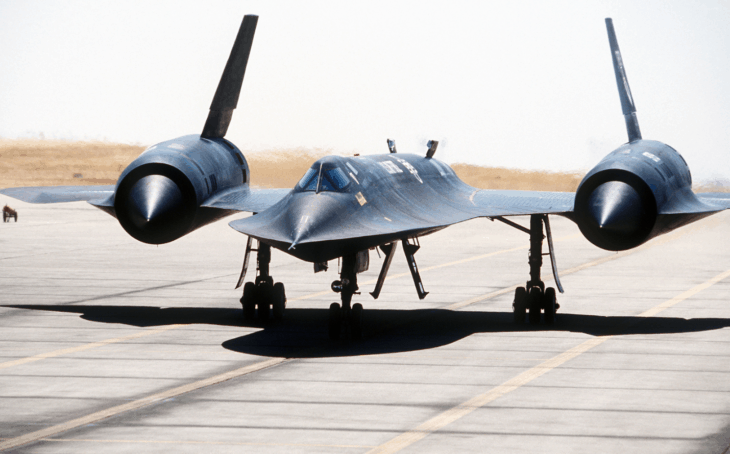
The one many readers have probably been waiting for is the notorious spy plane. These fighters are designed to offer stealth features that allow them to go through enemy radar without being detected.
They are designed with some of the most advanced features that include imagery intelligence and signals intelligence.
The original purpose of these fighters was to scout the enemy lines, and military forces heavily relied on them for vital intelligence.
Scouting enemy positions was the main goal of these fighters, ensuring strategic operations could be implemented unimpeded. Due to, these fighters weren’t heavily armed.
Perhaps the most famous reconnaissance aircraft is the famed Lockheed SR-71 Blackbird, which was retired in 1998 by the US Air Force, whilst its similarly infamous predecessor, the U-2, remains in service albeit in a lesser capacity.
Unfortunately, thanks to the introduction of satellite technology, which can provide real-time imagery and data, most of the US military’s reconnaissance fighter arsenal has been retired from service.
Multirole Fighter

The multirole fighter is one of the most versatile fighter jets in any military. It serves roles such as air support, air-to-air combat, and aerial bombing.
There is still debate from many experts on what specifically classifies as a multirole fighter, and which roles define it specifically.
In the US Air Force, the F-16 serves as a multirole fighter, but the main designation is for air superiority. The multirole fighter jet is the Lockheed Martin F-35 Lightning.
Related Posts
